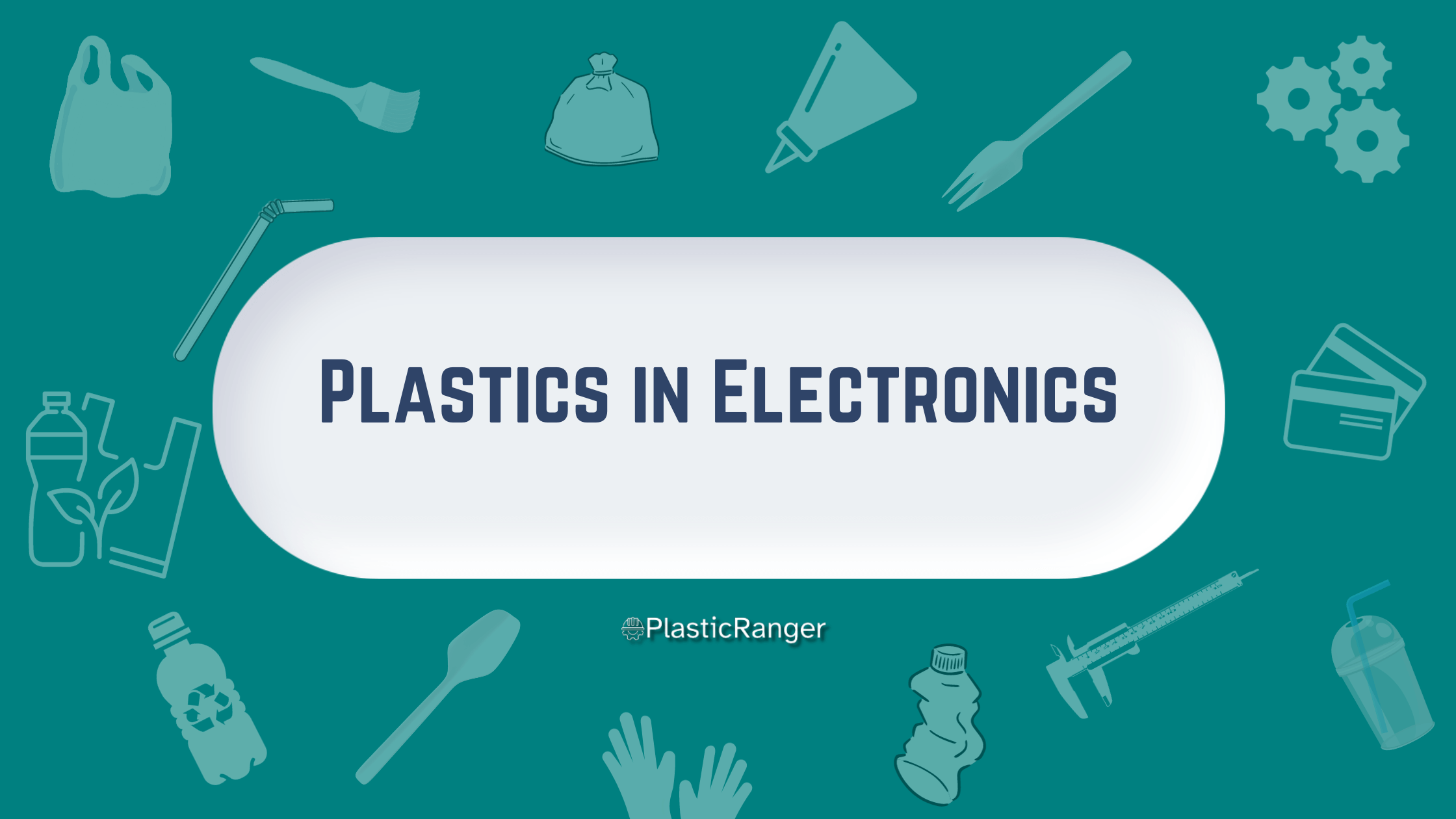Plastics in the Electronics Industry
The electronics industry, a cornerstone of modern civilization, owes much of its rapid growth and innovation to the versatile application of plastics. From foundational components like circuit boards to the sleek exteriors of our favorite gadgets, plastics play a pivotal role.
This article delves into the profound impact of plastics in the electronics industry, their inherent advantages, and the emerging focus on sustainable usage.
Historical Context
In the initial days of the electronics industry, materials like glass, ceramic, and metals were dominant. However, as devices started shrinking in size while growing in functionality, a need for lightweight, flexible, and durable materials arose. Enter plastic materials; Their adaptability and diverse properties allowed them to replace traditional materials in various swiftly.
Integral Roles of Plastics in Electronics
Circuit Boards: Traditional boards, once made of materials like ceramic, now commonly utilize fiberglass-reinforced plastics due to their durability, flexibility, and insulating properties.
Component Housing: Almost every electronic device, from your smartphone to your laptop, uses plastics for housing. Polycarbonate and ABS are chosen for their strength, aesthetic appeal, and ease of manufacturing.
Connectors and Switches: The tiny components that make our devices interactive, including connectors and switches, often incorporate plastics like polyphenylene ether (PPE) for their insulating and heat-resistant properties.
Flexible Electronics: The new-age flexible displays and wearable electronics primarily rely on flexible engineering plastics and polymers that can house electronic circuits without being rigid.
Critical Advantages of Plastics in Electronics
Miniaturization: Without plastics, we wouldn’t have tiny yet powerful devices like Apple’s AirPods, where plastic components are integral to their compact design.
Thermal Management: Gaming consoles like the PlayStation 5 utilize specific heat-resistant plastics to remain cool even during intense gaming sessions.
Design Freedom: The ergonomic design of the Xbox controller or the curve of an intelligent TV—all are possible due to the design flexibility of plastics.
Affordability: Devices like the Amazon Fire Stick, made using cost-effective plastic molding techniques, offer advanced technology at an affordable price point.
Challenges and the Path Forward
The rapid tech obsolescence rate means a lot of electronic waste. For instance, with each new iPhone version released, older models often get discarded, contributing to the growing e-waste issue.
However, the industry is responding:
Bio-Based Plastics: The Fairphone, a modular smartphone, explores using bio-based plastics to reduce environmental harm.
Recyclable Polymers: Companies like Dell are investigating using recyclable polymers in their products, like laptops, to facilitate easier recycling.
Innovative Disposal: Samsung’s ‘Galaxy Upcycling’ initiative repurposes older smartphones into new tech products, reducing waste.
Minimalistic Designs: Google’s Nest Thermostat uses fewer plastic parts than traditional thermostats, emphasizing a reduced-plastic approach.
Wrapping Up
From the smartphones we carry to the televisions that entertain us, plastics have been instrumental in molding the modern face of electronics, seamlessly merging utility and design.
Yet, as we stride forward technologically, our accountability to the planet becomes paramount. By intertwining innovative solutions with green principles, the electronics industry aspires to balance cutting-edge convenience with environmental mindfulness, aiming for a future where our gadgets are both technologically superior and environmentally considerate.
Quick Navigation

